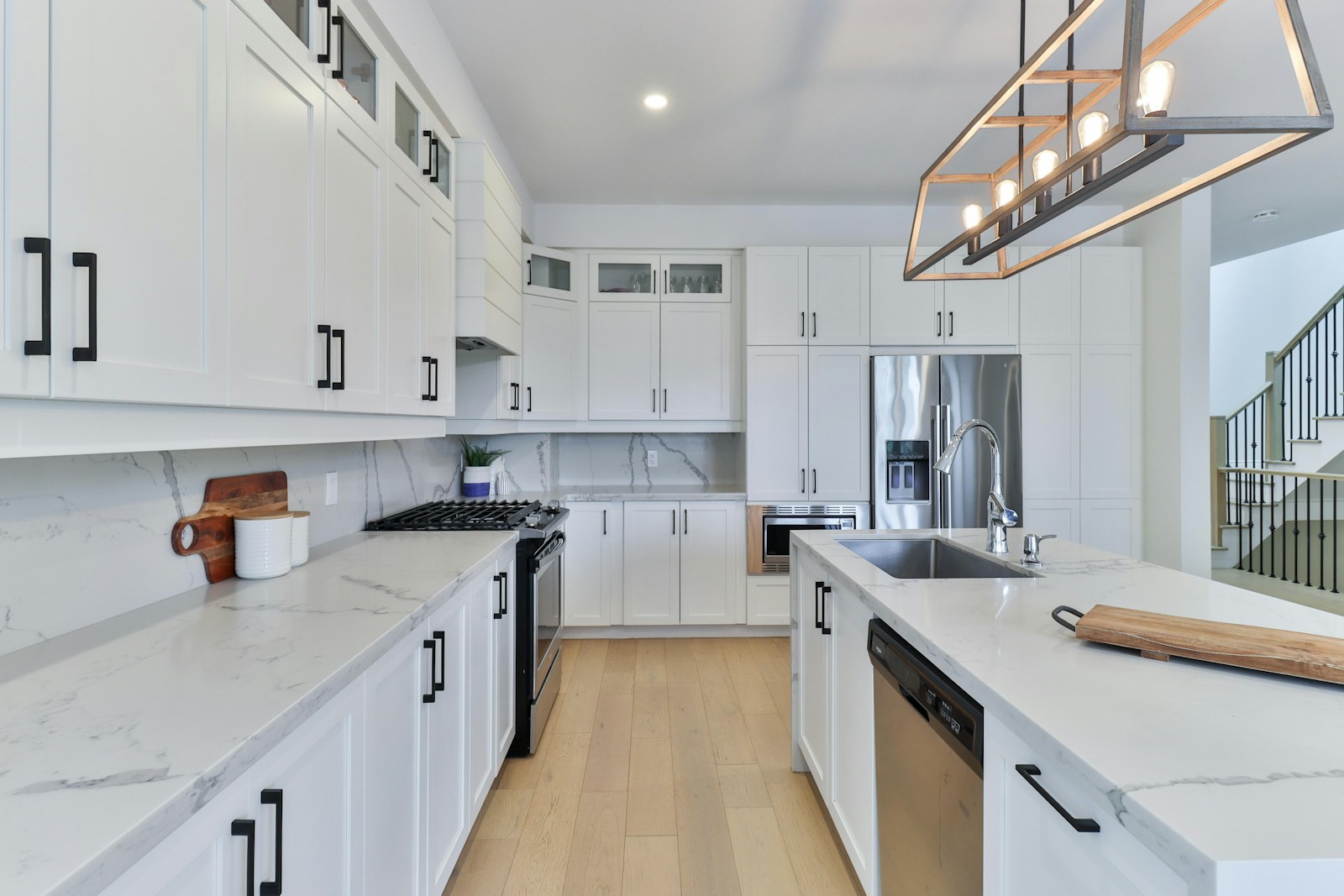Kitchen design is an essential aspect of creating a functional and aesthetically pleasing space in your home. A well-designed kitchen can make cooking and meal preparation more efficient, while also adding value to your home. If you’re looking to create a designer kitchen that meets your needs and reflects your style, there are several expert-approved tips to keep in mind.
When it comes to designing your perfect kitchen, one of the most important factors to consider is the layout. The layout of your kitchen will determine how efficiently you can move around the space while cooking or preparing meals. A popular layout for designer kitchens is the “work triangle,” which consists of three key work areas: the sink, the stove, and the refrigerator. By positioning these three areas in a triangular formation, you can create a functional and efficient workspace.
Another important tip for designing your perfect kitchen is to choose high-quality materials and finishes. Investing in durable materials such as quartz countertops, hardwood floors, and stainless steel appliances can help ensure that your kitchen not only looks great but also stands the test of time. Additionally, choosing finishes that are easy to clean and maintain can make your kitchen more user-friendly and enjoyable to use.
Incorporating ample storage space into your kitchen design is also crucial. A clutter-free kitchen not only looks more organized and visually appealing but also makes it easier to find and access the items you need while cooking. Consider installing cabinets that reach the ceiling to maximize storage space, as well as incorporating pull-out drawers and shelves for easy access to pots, pans, and other kitchen essentials.
Lighting is another key element to consider when designing your perfect kitchen. Good lighting can make a significant difference in how your kitchen looks and functions. Natural light can help create a bright and inviting space, while task lighting can illuminate work areas such as countertops and stovetops. Consider installing a combination of overhead lighting, under-cabinet lighting, and pendant lights to create a well-lit and visually appealing kitchen.
When choosing colors and finishes for your designer kitchen, it’s essential to consider your personal style and the overall aesthetic of your home. While white kitchens are a timeless and popular choice, don’t be afraid to experiment with bold colors or unique finishes to make your kitchen truly stand out. Mixing and matching different materials, textures, and colors can add visual interest and personality to your kitchen design.
Lastly, don’t forget to consider the functionality of your kitchen when designing the space. Think about how you use your kitchen on a daily basis and tailor the design to suit your needs. Whether you love to entertain guests or prefer to cook solo, your kitchen should be designed to accommodate your lifestyle and cooking habits.
In conclusion, designing your perfect kitchen involves careful planning, attention to detail, and a focus on both aesthetics and functionality. By following these expert-approved tips for kitchen designing, you can create a space that not only looks beautiful but also works efficiently for your needs. Whether you’re renovating an existing kitchen or starting from scratch, taking the time to design a designer kitchen that reflects your style and meets your needs will pay off in the long run.
